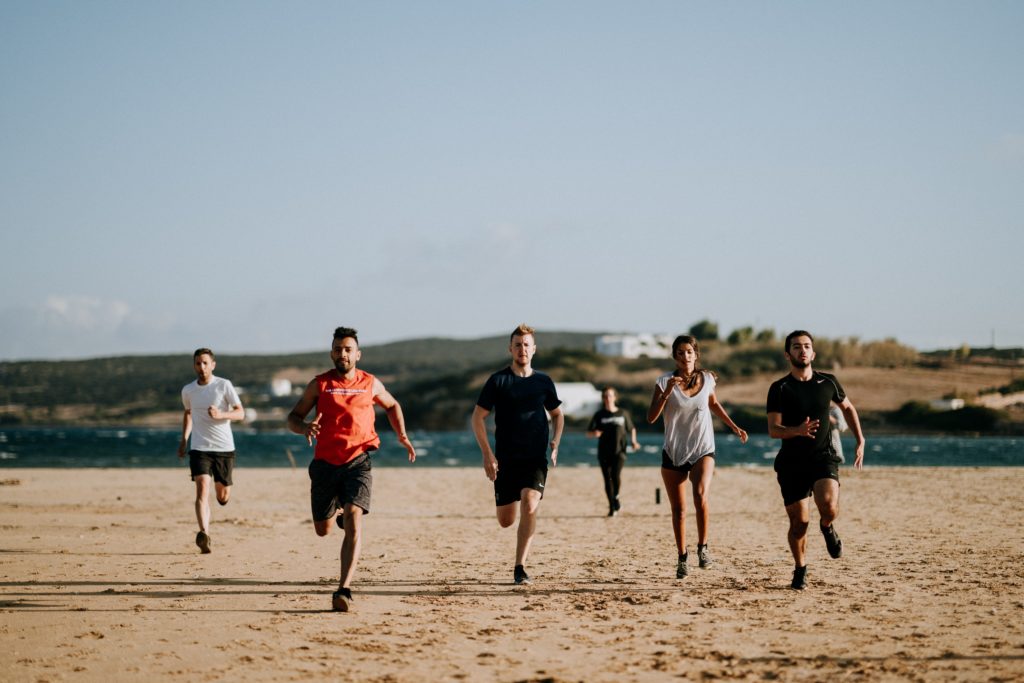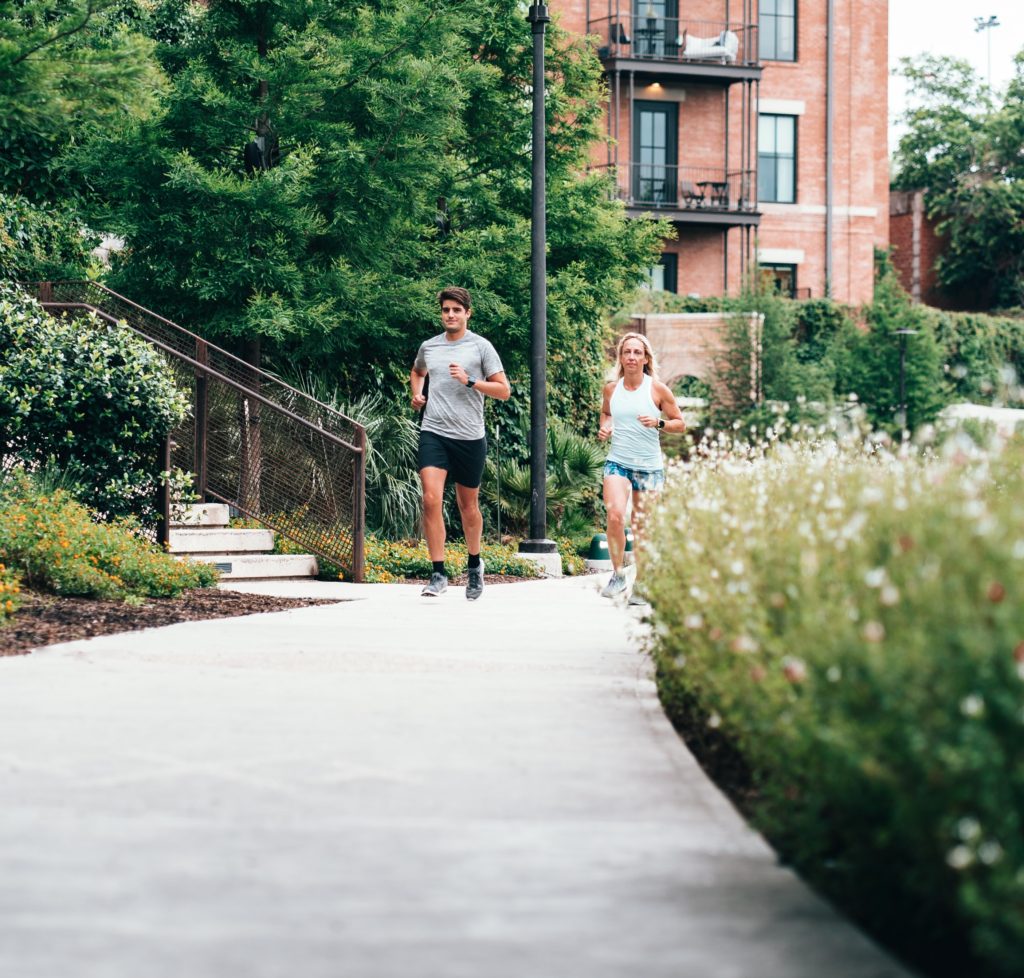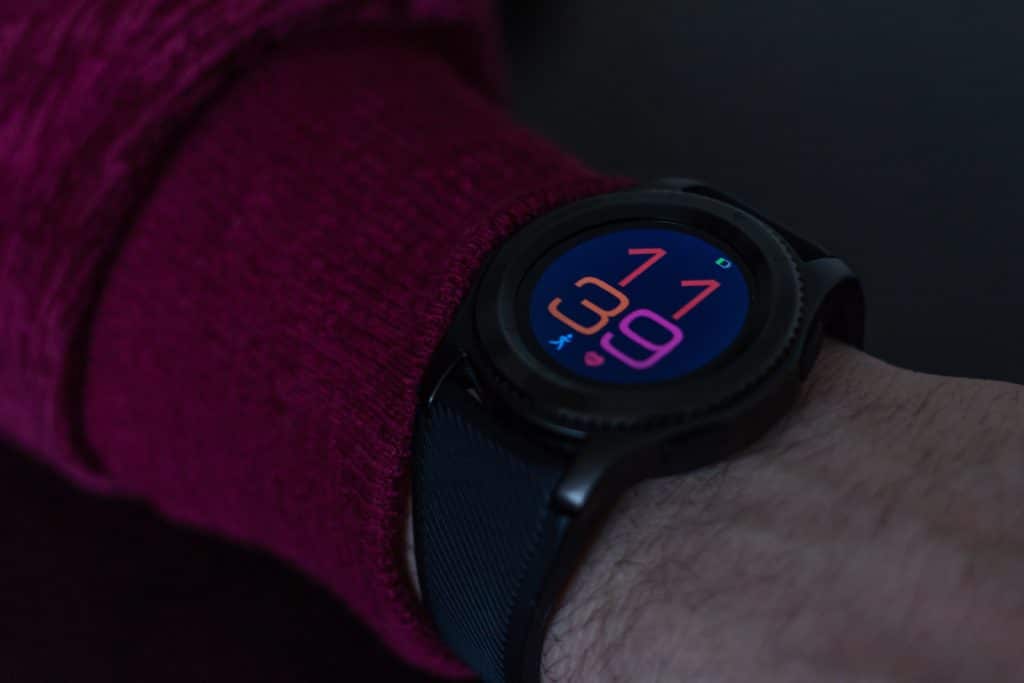A lot of us know that we need to get fitter. This could be for a number of reasons; wanting to to lose weight, to get toned, be able to catch that bus, to play with the kids / grandkids without having to catch a breath, to fit into that dress / trousers, to run a marathon, to feel less tired, to feel better about oneself….the list is endless.
Thinking about doing something is quite different from taking action. We know what we need to do, but we always find a reason to put it off…right?
My eureka moment came when I was running late for a concert. I underestimated how long it would take to get to the venue and being a Sunday, public transport was working at a snail’s pace. I had 8 minutes or so to make it to the doors and I knew, if I missed the start time, I would not be granted admission. What separated me from this concert hall was a very long bridge that crossed the river Thames. I had no choice. I started to run across it. It was not a pretty sight. My legs literally buckled under me, I was huffing and puffing, my chest was bursting as I couldn’t get enough oxygen down into my lungs…I was a mess! In the midst of this, I was cursing myself.
How on earth did I get so UNFIT??
I made it to the concert hall (barely), and expectedly had a great evening. The next day, I decided to sort myself out and to get fit.
The main obstacle is making that decision. Once that is done, there should be NO STOPPING YOU.
I decided to start running again. I used to do this many years ago. Life got in the way, you find excuses, and suddenly you find that you don’t do the things you used to do anymore.
So, what do you need to do to start running? Below are
1. Get proper running shoes.
Of all the things that you need, I would say this the most important. Why? Because getting the right running shoes will prevent you from getting injuries. If you haven’t used your old trainers for a few years, it may be time to get a new pair. Our feet change with time and your old shoes may not be fit for purpose anymore. You need shoes that fit your feet, well constructed and designed for your running style.
We all run differently and our feet need the best shoes to support them.
I suggest you go to a dedicated running shop where you can ask to have your running gait assessed. This is extremely straight forward and not taxing at all. In the shop, they will ask you to lightly run/jog for literally a few minutes on their treadmill. Don’t worry…it isn’t scary. They will then analyse how your feet and ankle land with every step you take so they can decide what kind of runner you are e.g. under-pronator, normal pronator or over-pronator. This makes finding the right pair of shoes so much easier!
You don’t need to buy the most expensive pair of shoes they have. But you do need to get shoes that best fit your feet and running style.
2. What clothes should I wear?
Honestly, this is not that important when starting out. The most important thing is to wear something light and comfortable. Synthetic material rather than cotton is usually better in wicking away sweat, but any T-shirt from your wardrobe would suffice. The same goes for either your shorts or jogging bottoms.

I would say though that getting appropriate running socks is important. And also, if you’re a woman, make sure you wear a well supportive bra. It is worth investing in a good sports bra and you can get this is any decent sports shop.
The weather can also dictate what you wear. In the cold months, remember to layer up. Wearing hats and gloves is also a good thing to do.
We can all spend time making sure we have the best, most comfortable, most fashionable running gear. All this is nice, but it can cost quite a bit of money and it is always something you can re-visit once you are running more frequently. Don’t let not having the latest and greatest stop you from getting out the door!
3. Map out a route
Unless you are running on a treadmill, doing this before you set out on your run is important. This may sound silly, but knowing where you are going when running is really helpful.
You will have so many other things to think about, that having a pre-planned route will make your run easier and less stressful.
Whether it is running around your block, neighbourhood or park, make sure you have a visual map in your head. The last thing you want to find yourself doing is stopping and starting your run because you can’t decide where to go.
If you have no idea about what route you should take, I suggest that you go out and walk the route. This is useful as you can gauge how far it will be and how long it may take to run it.
4. Set small goals
Everybody starts from zero. Of course people have varying levels of fitness, but the majority of us who haven’t run before will have a similar base line. The most important thing is not to feel discouraged at the beginning.
You may (will) be out of breath, your chest may hurt, your legs may wobble. You may get disheartened that ‘you can’t even run 10 seconds without having to stop’. These are normal feelings and we have all been there. The funny thing is, consistency and persistence will pay off. Trust me!
The best way to start out would be mixing walking and light running. Often when we start any form of exercise, we can overdo it, then feel deflated and may even chuck in the towel before we have even started.
That is the WORST FEELING EVER!
So set out realistic goals and don’t be too hard on yourself.
There are tonnes of apps out there to help you get started. Search for ‘Couch to 5K’ in any app store and you will be spoilt for choice. These apps will guide you step by step and get you running in no time. You can also check out this NHS program that can guide you from couch to 5K in no time.
5. Use landmarks…
Or if you prefer, you can do it yourself. If you are running outside, have specific landmarks mapped out in your head along on your chosen route. Tell yourself that you will run to that next post box and then walk for a few minutes. Then run to that house around the next corner then walk again for a few minutes. Do this step by step and gradually increase the distance you run.
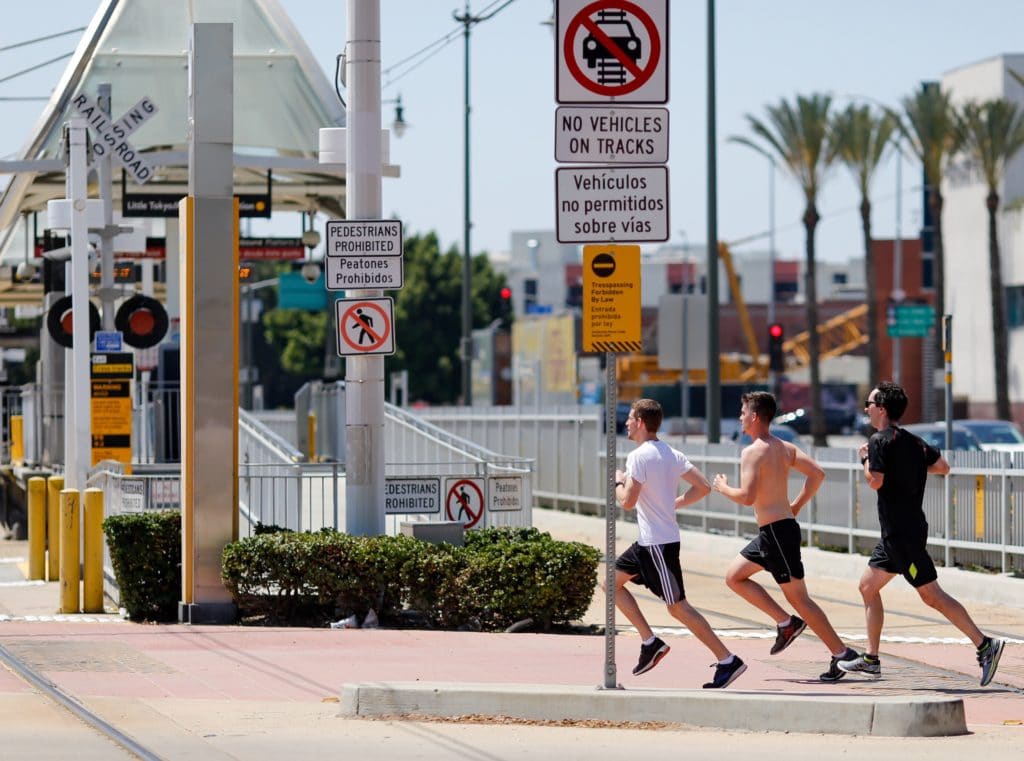
6. Use time…
Alternatively, you can use time as your goal post. So, firstly try to run for 1 minute, then walk for 1 minute. Repeat this 5 times. Do this for 1 week. Then, the next week, run for 3 minutes, walk for 1 minute. If you increase the time that you run on a weekly basis, you will increase your stamina and endurance. Continue to build your running regime weekly by increasing the time of running and decreasing your walking time until you have achieved your goal.
Before you know it, you’ll be running longer without needing to stop.
7. Persistence and consistency pays off
I think the beauty of starting any form of exercise is that you will reap the rewards more or less instantly.
If you run regularly and consistently, your fitness level miraculously starts to improve. You will then find that you can run further and further without having to stop or catch a breath. It is pretty amazing and the sense of achievement is immense.
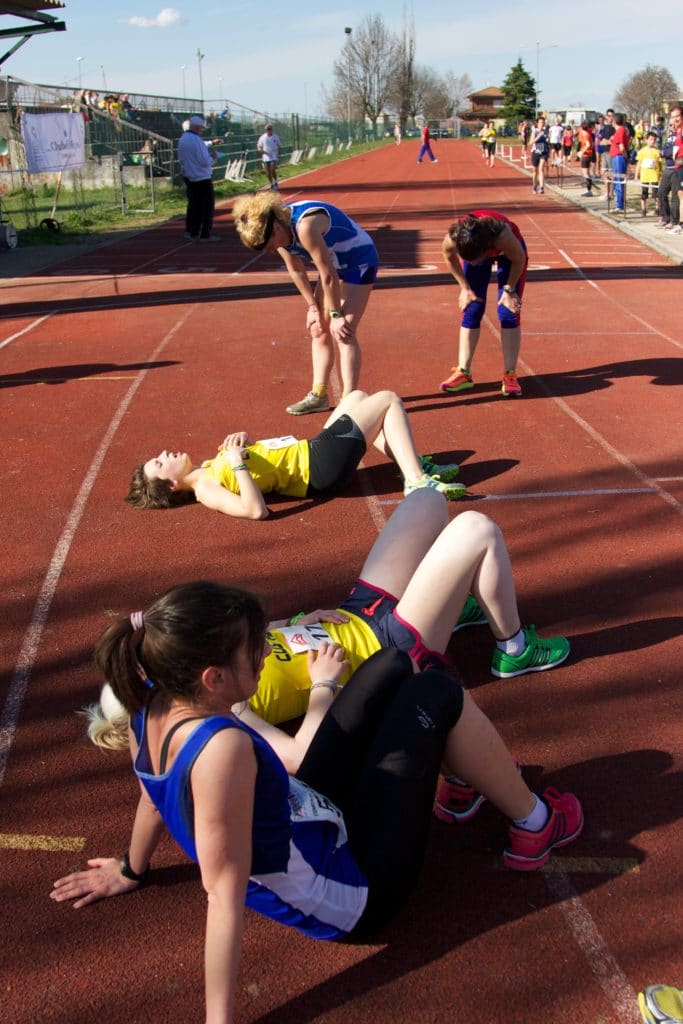
But exercising in general has further reaching benefits. You will feel more energised, have a clearer head and notice your body get more toned.
You are also benefiting your health in general by reducing stress levels, increasing your cardiovascular fitness, increasing your bone density and controlling your weight amongst many others.
The last thing to say
Try to ENJOY IT! The more you enjoy it the more likely you will stick with it.
Have you just started running? I would love you to share your experiences and comments with me.

